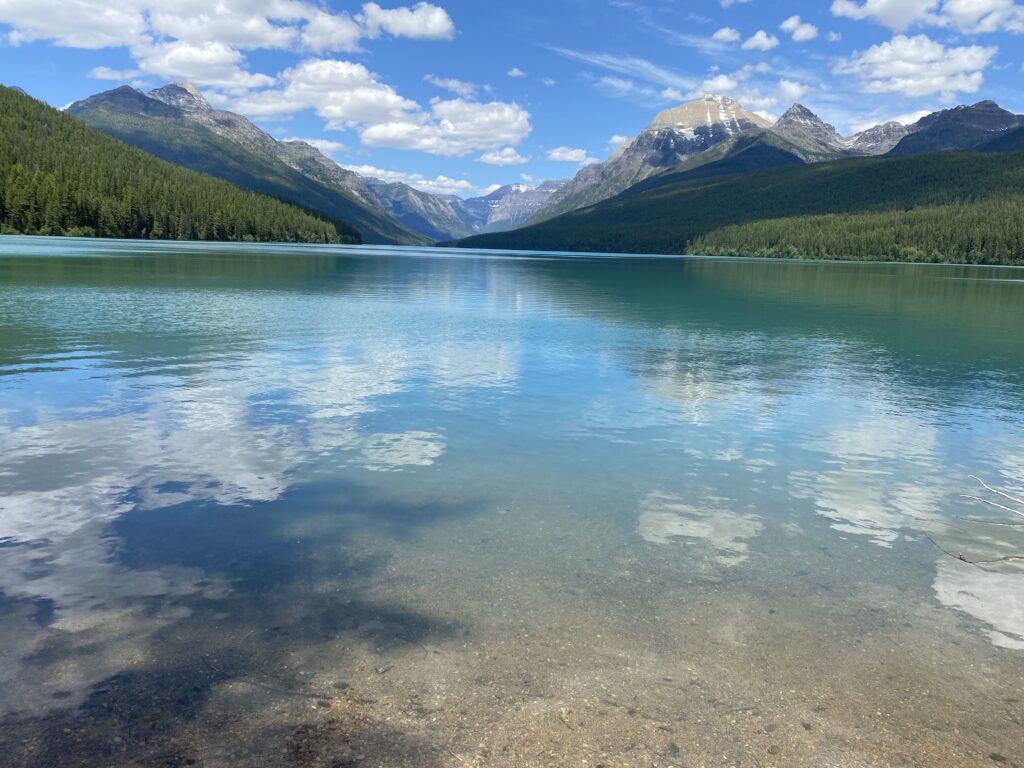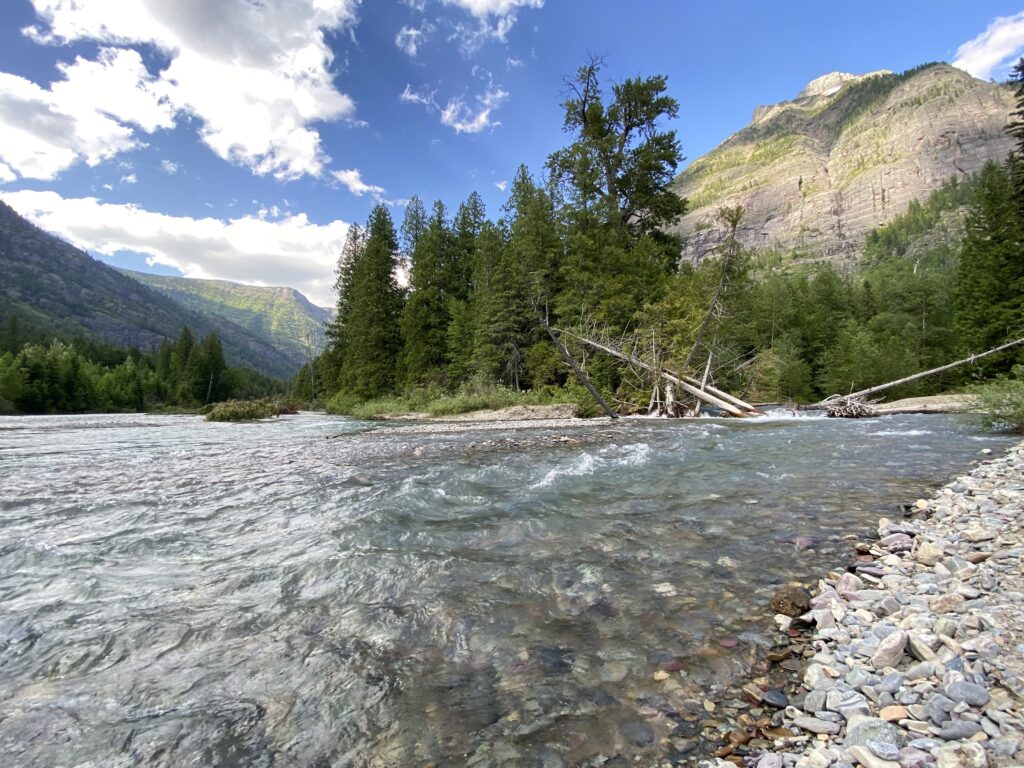Western landscapes create a set of unique challenges for natural resource managers because the ecosystems cover a vast area of land and include diverse environmental conditions. For example, alpine ecosystems have short growing seasons, grasslands are dry and turn fierce in the winters, and wildfires blaze through western forests seasonally. In addition, the species found here have adapted to these characteristics by being highly mobile and highly specialized. This makes it hard to make broad management decisions that can protect all species and habitats.
Unlike the eastern U.S., where human impacts have influenced most natural resources, even those that are protected, ecosystems in the West retain most of their original connectivity. Species native to the western U.S. can move long distances in order to find food, suitable places to live, or to migrate away from a particularly harsh season. Retaining the large scale of these habitats will be important for protecting species into the future.

These landscape-level connections are important for species that live here, but due to the vastness of these ecosystems, they occasionally span arbitrary political borders. The boundaries of the western states that do not align with these home ranges and this presents challenges to species that rely on large scale connectivity in habitat. Approaches to species and habitat management can also vary drastically on one side of the border versus the other. For example, a species that is protected in one state may be in danger from hunting mere feet away on the opposing side of a boundary.
In recent years, approaches to protecting wildlife with large home ranges have shifted toward standardizing the management across these borders. State wildlife agencies and natural resource managers have begun to discuss regional approaches to conservation, and to consider the movement patterns of important species through their jurisdictions. Unifying efforts allows collaboration and larger investments in prioritization and preservation on a scale that is beneficial to the plants or animals.
Efforts like this are becoming more popular for managers throughout the West. Collaborative programs can put limited resources to good use by coordinating across jurisdictional lines to maintain connectivity within these massive ecosystems. One such program is the Crown Manager’s Partnership (CMP). This group is working to protect the Crown of the Continent ecosystem located across parts of Montana, Alberta and British Columbia. This partnership is particularly interesting because the ecosystem spans an international border.
The Crown of the Continent is the convergent point for high plains and alpine ecosystems in the middle of North America. The plant and animal species found in this area include large carnivores, distinct alpine plants, and recreationally important fish. These unique circumstances have been the driving force behind the formation of the CMP. Protecting and managing the entire ecosystem requires coordination of management on multiple scales – local, state, federal, tribal and regional.

The CMP has been coordinating conservation efforts related to managing invasive species, cold-water salmonids such as bull trout and west slope cutthroat trout, and large carnivores. Additional large-scale priorities include understanding human impacts on the landscape through land-use change and climate change. In this latter category, Ucross High Plains Stewardship Initiative research assistants have completed an analysis for the CMP to understand the impacts of current and future climate shifts on two priority species: bull trout and white-bark pine.
Collaborative efforts like this bring attention to the importance of regional conservation and natural resource management. Efficiency and prioritization will only increase in importance as managers face increasing threats from climate shifts, human development, and dwindling political support.

STUDENT RESEARCHER

Margot Buckelew, Western Resources Fellow and Research Assistant | Margot is a Master’s of Environmental Management candidate focusing on water resources. She is interested in studying urban water quantity planning and policy development while at Yale. Before graduate school, Margot became inspired by the western landscape while spending time in Colorado working on mayflies, and working on steel head research in Washington. See what Margot has been up to. | Blog
